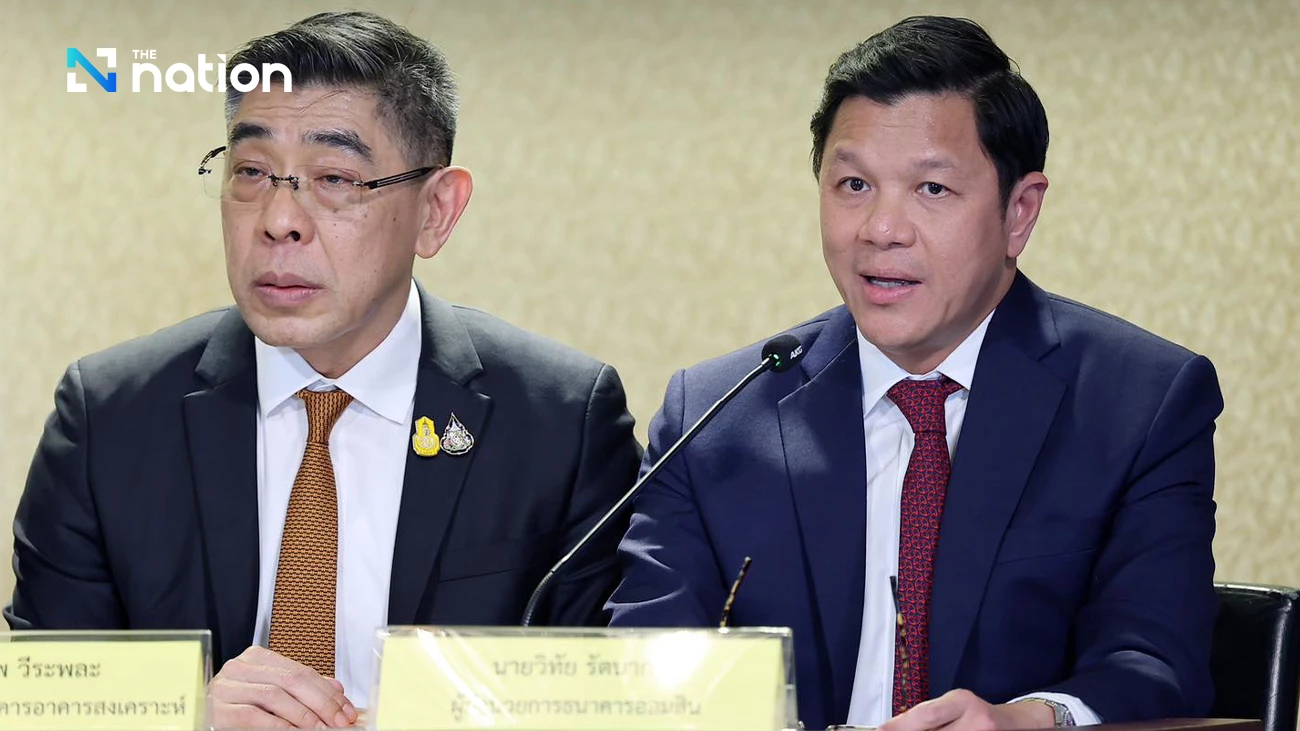Migrants expected to meet demand for unskilled labour in Chon Buri

THE NUMBER of unskilled migrant workers in Chon Buri province is expected to increase significantly, by about 30,000 annually over the next three years, driven by the government’s Eastern Economic Corridor (EEC) development project.
The EEC is expected to attract more private investment as well as labourers into the province as the government develops infrastructure projects in the Eastern region, including installation of a high-speed rail route from Bangkok to Pattaya and Rayong and the upgrade of Map Ta Phut military air base into commercial U-tapao International Airport.
Chon Buri Governor Pakarathorn Thienchai said his province was one of those in the Eastern region targeted by the government with the aim of stimulating the country’s overall economy.
The EEC project is set to develop the region’s infrastructure, including its seaport, airport, and high-speed and double-track railways. Such developments would attract more private investment and employment in the region, particularly Chon Buri province.
“Under the EEC development, a working group has been set up to be in charge of the layout of a working framework and concept. Chaired by the minister of industry and [including] representatives from participating provinces, it will make the project effective as soon as possible,” he said.
“The EEC development project will promote trade, investment and tourism, as well as competitiveness in participating provinces throughout the region. It will also attract both local and overseas investors into the region.
“Chon Buri will also position itself as a city of tourism, which will fully benefit individual investors and providers of tourism services in the province.”
He added that beyond tourism, the province would also focus on the support of environment-friendly and agricultural industries.
According to Sutham Buakeaw, chief of the Chon Buri Provincial Employment Office, the working-age population in the province is currently about 1.04 million, with only 3,385 people unemployed at last count.
He said Chon Buri had no problem regarding a shortage of skilled labour, thanks to the cooperation between the educational sector, especially vocational schools, and private companies, for the development of a dual vocational training initiative, which allows students to get on-the-job training along with theoretical education at school. This cooperation would bring enough skilled workers into the system.
“However, the growth of the overall economy and urbanisation in Chon Buri as well as higher government and private investments will lead to a shortage of unskilled labourers in the province, for both the industrial sector and general work,” Sutham said.
“Thai people have enjoyed higher education, and tend to become higher-skilled workers. Meanwhile, the gap in the supply of unskilled workers has been filled by migrant labour, particularly from Myanmar, Cambodia and Laos,” he said.
Temporary contracts
There are currently 150,000 migrant workers in Chon Buri, and that number is expected to increase by about 30,000 annually over the next three years, according to Sutham. He added that most of the migrant workers in Chon Buri had been under temporary contracts of one or two years.
“With many migrant workers flooding into the province, we have seen many problems, including |jobs snatched from Thai workers. Many migrant workers have not actually entered the real factory system, but have been working independently in fresh markets… so that they have not been monitored and controlled by employers or government officers,” he said.
Viboon Kromadit, chief marketing officer at Amata Corp, said the company operated two major industrial estates, Amata Nakorn in Chon Buri and Amata City in Rayong, which employed about 230,000 to 240,000 workers in total.
Amata Nakorn Industrial Estate is occupied by 700-800 factories and employs three-quarters of the workers in Chon Buri. Meanwhile, Amata City houses 200-300 factories and employs one-third of the workers in Rayong. Most of the factories are owned or have been developed by investors from Thailand, China, South Korea and Europe, and most of the people employed in the fac-tories are skilled Thai workers.
“At Amata, we have gone beyond the era of labour-intensive industry, and are moving towards creativity, value-added, automation and innovation, to be under the government’s ‘Thailand 4.0’ scheme,” he said.
Viboon said that driven by the EEC development project and urbanisation of Chon Buri, the number of skilled workers in the province was expected to increase by about 10 per cent, or more than 20,000 people, every year.
The most significant driving factors are the flow of foreign direct investments into Chon Buri under the EEC so as to benefit from the tax incentives provided by the government, the improvement of central infrastructure, including road and railway systems, and the upgrade of energy facilities, and the boom in the tourism sector.





